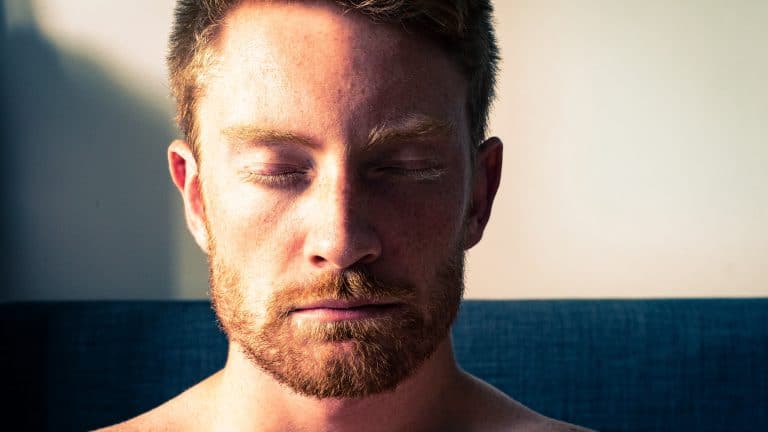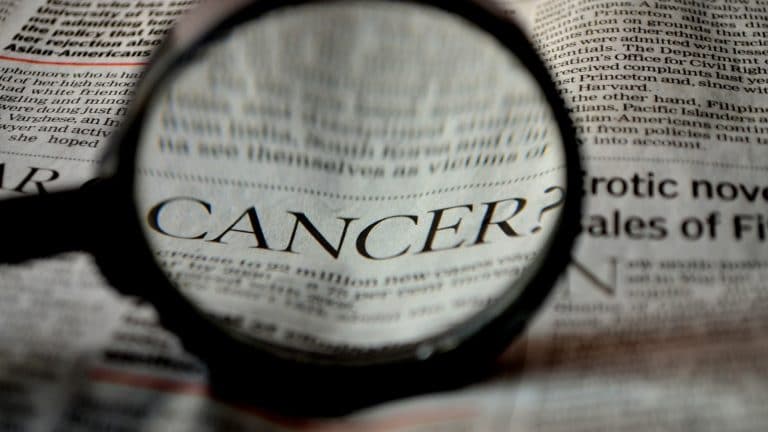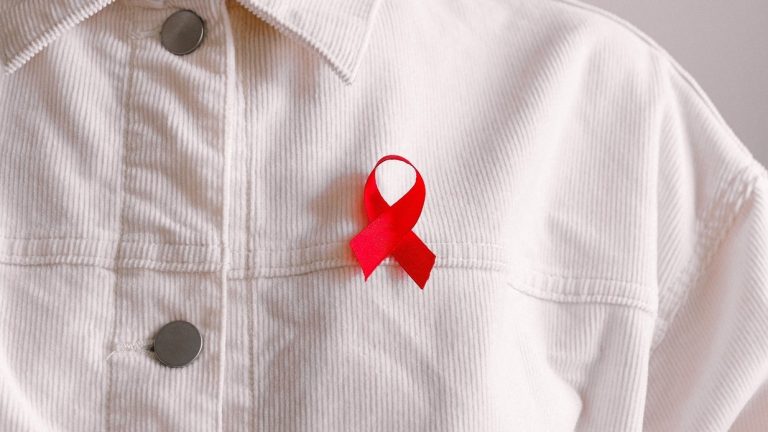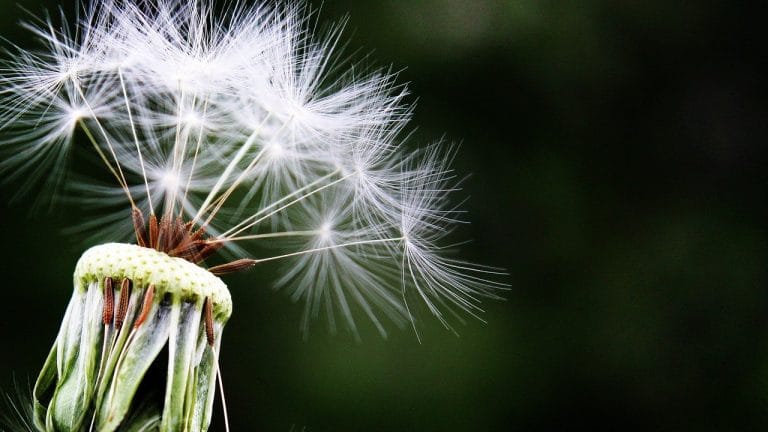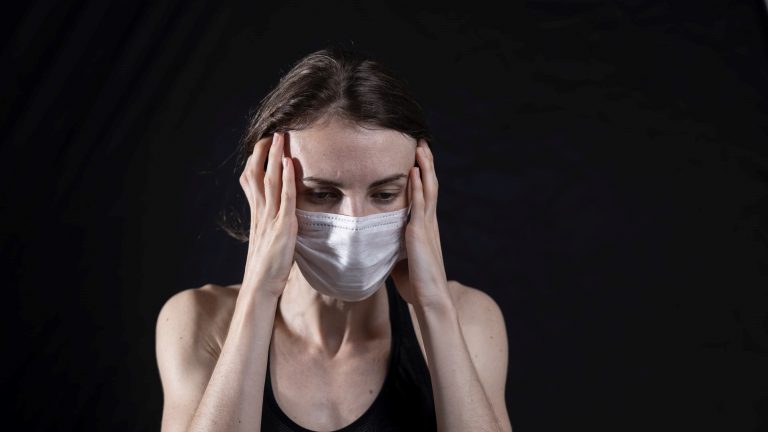32 Stunning Sleep Statistics for Your Beauty Sleep
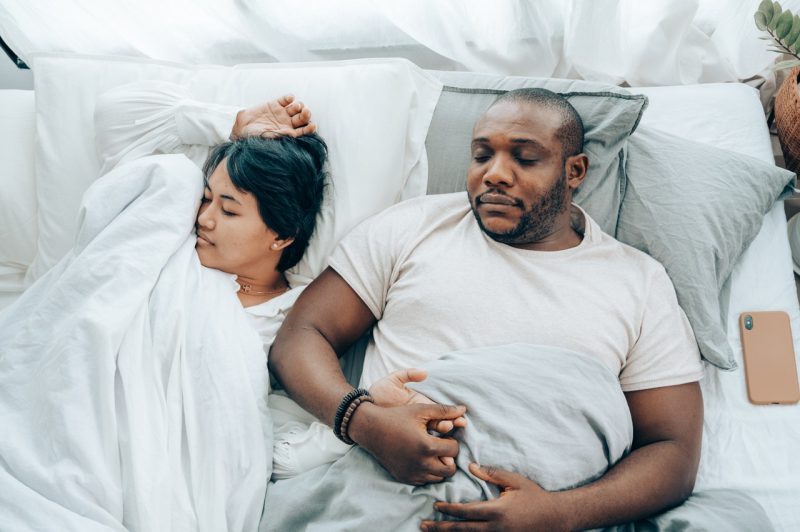
So, how have you been? Did you have enough sleep last night? Your answer to the question can explain quite a lot. Your personal sleep statistics matter more than you realize.
The number of hours you’ve slept and the quality of sleep are some of the fundamental determining factors not only for this day but for your overall health. The recommended hours depend on age and gender. People from some countries seem to be better at this than others, and consequently, the quality of life is enhanced as well.
From the world records and sleep disorders to facts on snoring, you’re in for an engaging read.
Top 10 Surprising Sleep Statistics & Facts
- Why we need sleep is not absolutely clear.
- The pandemic caused clinical insomnia to rise up to 37% in the US.
- THC is effective in treating insomnia.
- Insomnia is a major problem for 10% of adults.
- Between 50 and 70 million adult Americans have some kind of a sleep disorder.
- There are about 80 different types of sleep disorders.
- Sleep statistics 2021: coronavirus managed to change the way we dream.
- We spend 26 years of our life sleeping.
- 30% of people aged 30 and over are regular snorers.
- Sleepwalking runs in the family.
Of course, we’re also going to offer you some advice on how to get better sleep or deal with a sleep disorder if you have one. No, the oldest trick of counting sheep is not included—we’ve got something much better in store for you, so keep reading!
Most Interesting Sleep Facts and Stats
Here are some interesting facts you didn’t know about sleeping and dreaming.
1. We spend 26 years of our life sleeping.
(Huffington Post)
What is more, we also spend about 7 years in bed trying to fall asleep! In total, that would be equal to over 12,000 days spent in bed. At the same time, sleep is the activity which we spend most of our time on. Since sleep boosts the immune system and fitness level, this stat is not so bad at all.
2. American sleep statistics report sleepwalking affects between 1% and 15% of the adult population.
(AskApollo)
The sleepwalking rates are higher among children as the majority have sleepwalked at some point of their childhood; especially when they were between 3 and 7 years old.
3. Besides being the happiest nation, Finland has the highest sleep rates in the world.
(Real Simple)
On average, Finns sleep for 7 hours and 5 minutes every night, which is what some countries can only dream about.
How much sleep does the average American get? Only 6 hours and 47 minutes. That said, Japan has the lowest sleep rates — only 6 hours and 23 minutes.
4. 11 days and 25 minutes is the longest a person has stayed awake.
(BBC) (No Sleepless Nights)
The experiment took place back in 1964. A 17-year-old high school student, Randy Gardner, set the world record. A lot of people were trying to break it until Guinness decided not to accept any more applications because it is too dangerous. Gardner suffered from insomnia for years after the event. At the time, it was also believed that you can die from serious sleep deprivation.
5. Sleep statistics worldwide show us a change in the sleeping pattern during the pandemic.
(Oxford Academic)
The average sleeping time increased from 11.3 to 18.6 minutes on weekends. In other words, during the lockdown people slept more than usual due to lack of work and anxiety.
6. Sleep statistics from 2021: Coronavirus managed to change the way we dream
(National Geographic)
The invisible enemy had an interesting effect on people’s dreams. In order to cope with the stress, lockdowns, and changes in sleeping patterns, people started having more bizarre and more vivid dreams (including nightmares).
Extra Loud Snoring Stats and Facts
Snoring is one of the most irritating habits that can disturb the quality of sleep. Why do people snore, and how many people are regular snorers?
7. 45% of us are occasional snorers.
(Johns Hopkins Medicine)
On the other hand, 35% disrupt their partner’s sleep on a regular basis. Seven or nine hours of sleep is the recommended amount for most adults, but it’s the quality of sleep that’s important as well for normal functioning. Snoring can be caused by several factors.
Firstly, it runs in families, so genetics is a key factor. Getting old also contributes to the problem, as well as alcohol and antidepressant use.
8. Sleep stats reveal that 90 million American adults admit they sometimes snore during their sleep.
(The Press of Atlantic City) (Merck Manual)
37 million of them are regular snorers, making quite an orchestra. Generally, 57% of men and 40% of women are no strangers to this loud, annoying activity.
9. 30% of people aged 30 and over are regular snorers.
(Sleep Disorders Guide)
In middle-aged people, the percentage increases to 40%. As for children, only 5.6% are habitual snorers.
Sleep Deprivation Statistics
Sleeplessness can cause a lot of trouble including a higher risk of death and drowsy accidents.
10. Up to 4% of adults are sleepwalkers.
(Sleep Foundation)
Interestingly, sleepwalking runs in the family. If a parent has a history of sleepwalking, there is a high chance that the child will also experience this disorder.
In fact, 61% of children that have sleepwalking parents will copy this unconscious behavior, compared to 22% of children with no sleepwalking in the family.
11. 1 in 25 Americans fall asleep behind the wheel while driving, making some scary lack of sleep statistics.
(Sleep Junkie) (The National Law Review)
Commercial drivers are most likely to doze off while driving due to the long driving hours, night driving, deadlines, and fatigue. Statistics show us that the most dangerous interstate (I-37) is located in southern Texas. This infamous road has the highest number of driving accidents (18.28%) due to drowsiness.
12. Sleep-deprived people have a 13% higher risk of death.
(Harvard Health Publishing)
A myriad of conditions is triggered by a lack of sleep. For example, middle-aged people who sleep for less than 6 hours per night risk having a stroke 4 times more than if they slept enough.
13. CDC sleep statistics confirm that 1 in 3 Americans are not getting enough sleep.
(CDC) (Business Insider)
Many Americans are sleeping less than seven hours per night. This can cause many health problems like depression, anxiety, obesity, heart disease, etc. To prevent those, there are many tips and tricks you could use to fall asleep faster.
For example, you can use meditation (binaural sounds), different breathing techniques, the famous military method, or you can try CBD oil for sleep.
14. Spousal Arousal Syndrome causes a loss of 1 hour of sleep per night on average.
(Sleep Disorders Guide)
If your partner has obstructive sleep apnea, for example, you will probably lose this much sleep. In addition, you may wake up over 20 times per hour.
Sleep Disorders Statistics
Let’s find out what the numbers say about the various sleep disorders. Which types are the most typical and how many people suffer from it?
15. People with OSA (obstructive sleep apnea) are almost 2.5 times more likely to be a driver in a motor vehicle accident.
(AASM)
Using sleeping pills, sleeping for 5 hours or less, or allowing oneself to feel severe daytime sleepiness can be added to the equation and increase the risk.
16. How many sleeping disorders are there in the world? About 80 different types.
(Cleveland Clinic)
Obviously, too many. Out of these, the following four are the most common: insomnia, sleep apnea, restless leg syndrome, and narcolepsy.
On a positive note, these kinds of accidents can be reduced by 70% if the patient uses CPAP therapy every night for a minimum of 4 hours.
17. Studies on obstructive sleep apnea and COVID-19 show people with OSA are 8 times more likely to get infected.
(U.S. News)
This is extremely bad news for those with obstructive sleep apnea. Even worse, they have an increased rate of all-cause mortality if they get infected with coronavirus.
18. 48% of people suffering from sleep apnea never used CPAP therapy.
(Philips)
Be that as it may, 39% of patients with sleep apnea believe that CPAP machines, and other treatments for this disease, are much more unpleasant than dealing with sleep apnea.
19. US sleep apnea statistics reveal that 54 million suffer from obstructive sleep apnea.
(NCBI)
Men seem to be more prone to it as 24% to 31% of them have this type of sleep apnea. Women are in a much more favorable position with 9% to 21%.
20. Between 50 and 70 million adult Americans have some kind of a sleep disorder.
(ASA)
What is the most common sleep disorder in the States? Insomnia. It is reported by 30% of adults. 10% complain about chronic insomnia. Consequently, it is little surprise that 37.9% of Americans fall asleep accidentally at least once a month.
21. Obstructive sleep apnea syndrome is defined as a chronic respiratory disease by the WHO.
(WHO)
It is not life-threatening, though it is known to cause complications, e.g. in cardiovascular and cerebrovascular diseases. It is characterized by loud snoring (usually) and frequent pauses in breathing during one’s sleep. Headaches and sleepiness during the day are quite common as a result.
22. Insomnia statistics report this sleeping disorder is a major problem for 10% of adults.
(Cnet) (WebMD)
The most common trigger for sleeplessness is working night shifts. Fortunately, there are several ways to treat insomnia without the use of medication. These are some of the alternative therapies like biofeedback, yoga, acupuncture, CBD oil, aromatherapy, etc.
23. 425 million people worldwide have moderate to severe obstructive sleep apnea, sleep statistics reveal.
(NCBI)
Starting from China, which has most individuals that suffer from sleep apnea, with the US close behind, followed by Brazil, and India.
Globally, 936 million adults aged 30-69 are challenged with mild to severe obstructive sleep apnoea. In some countries, the prevalence goes as high as 50%.
24. A night terror episode can last up to 45 minutes.
(SleepFoundation) (Stanford Children’s Health)
Night terrors can look like panic attacks, except they only happen while we sleep. The symptoms can include screaming, kicking, sweating, and rapid breathing. This sleep disorder, as well as sleep paralysis, was often misinterpreted in the past for a demonic attack.
Marijuana and Sleep: How It Can Help
Can cannabis and CBD help people that suffer from insomnia and other sleeping disorders and what are its effects?
25. THC is effective in treating insomnia.
(Alaska Sleep Clinic) (AASM)
THC operates like a sedative, helping you unwind and fall asleep. At the same time, the usage of marijuana for sleep apnea is not recommended given that there’s not enough research on the effects of medical marijuana on sleep apnea.
26. Marijuana withdrawal syndrome is often followed by insomnia.
(Marijuana Anonymous)
Ex marijuana users are filling sleeping statistics about insomnia. The state can affect those who are quitting marijuana use and last up to several months. On the other hand, the withdrawal period is also characterized by night sweat, vivid dreams, and nightmares.
27. In one study, 80% of patients confirmed CBD enhanced their sleep quality.
(Chicago Tribune)
Even though it is usually THC that is praised for the calming effect and CBD for the energy boost, the latter can also be of help in treating sleep disorders. Admittedly, more clinical studies about marijuana effects on sleep are needed to denote CBD as the ultimate sleep aid.
28. According to one survey, 31% of cannabis consumers are successfully using it to treat their insomnia issues.
(Fortune)
Future sleep statistics look promising for cannabis lovers. The survey included older adults (45+). This way, insomnia rises higher on the list of most common medical conditions that these generations treat with cannabis. Right now, it got to the fourth position.
29. CBD oil prevents having bad dreams according to marijuana and REM sleep research.
(Marijuana Doctors) (Sleep Foundation)
We already mentioned how many people have sleep disorders (50-70 million Americans), but did you know that 2%-8% of people suffer from nightmares? So how can CBD help?
CBD affects the cannabinoid system in our brain and minimizes the time we spend in the REM sleep phase. In this way, we have good chances of having no dreams and having a good uninterrupted rest.
It can be taken in various forms (gummies, CBD paste, vaping, smoking, suppositories, CBD tea, CBD patches, etc.), so it is really convenient.
COVID and Insomnia Worldwide
The global pandemic had a major influence on our lives, causing huge disruptions and increasing anxiety and depression rates. In addition, it also affected our sleep patterns.
30. Sleep statistics UK for 2020 show a massive increase of insomnia due to the lockdown.
(The Guardian)
The increase of insomnia was most vivid among mothers, key workers, and people from minority ethnic backgrounds.
The percentage of mothers having issues with sleeplessness jumped from 19.5% to 40%. Those who had children under 4 were most affected.
31. Sleep statistics Canada edition show the nation spent more time in bed trying to fall asleep due to the coronavirus pandemic.
(Victoria News)
Over 20% more Canadians were having difficulties drifting away. British Colombians seem to have more issues than the rest of the country, as their percentages were the highest (about 32.%).
Interestingly, at the same time, Canadians reported there was another reason for restless nights, and that is American politics.
32. The pandemic caused clinical insomnia to rise up to 37% in the US.
(19News)
COVID insomnia is the new public enemy that caused many sleepless nights. On top of that, the sales of prescription drugs for sleeping have increased by 14%.
Before You Drift Off…
Sleep is pretty much taken for granted by those who easily fall asleep and have uninterrupted rest. In contrast, those who have sleeping issues know the value of a good night’s sleep. The lack of it causes numerous problems at work and in private life, including serious health issues.
Sleep stats are filled with examples of sleep disorders and ways to treat them. Cannabis is an old and proven way of providing relaxation and better sleep, but only now has it been studied properly. More importantly, CBD and THC are getting equal attention in this respect.
FAQs
What percentage of the population has trouble sleeping?
30%-35% of people experience some type of insomnia during their lifetime. Fortunately, the problem disappears on its own in about 72% of the cases.
In contrast, 6.8% develop chronic insomnia.
Chronic insomnia implies having problems sleeping for a minimum of three nights every week, for over three months. The most common symptoms of chronic insomnia are poor concentration, headache, inability to fall asleep, etc.
How much does the average person sleep per night?
The average sleeping time is seven hours, while the recommended sleeping time depends on age.
For example, babies need to sleep for 14-17 hours, 3-5 year-olds need at least 10 hours of sleep, while teenagers need 8-10 hours of sleep per night.
Adults aged between 18 and 60 require 7 hours of sleep each night (or more). The sleep slightly prolongs 61 and 64 years of age when we need between 7 and 9 hours.
People over 65 need 7-8 hours of sleep; although they tend to sleep even less than that.
However, sleep statistics show us that older people are more likely to have insomnia, as well as other sleep disorders.

